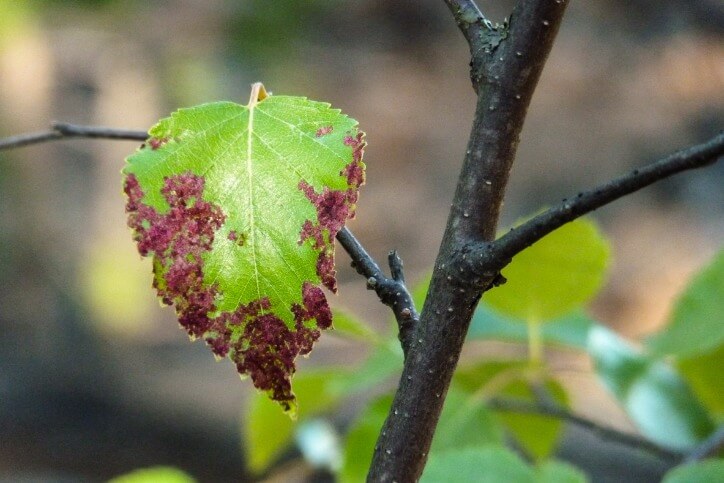TREE EDUCATION

While certain species of trees can live dozens, even hundreds of years, all trees will one day die. Unfortunately, dead and dying trees can become safety hazards for your home or business and can result in expensive property damage. Since proactive measures are the best way to address a dead or dying tree, it’s important to know the signs of a dying tree before it becomes an issue. In an effort to keep you and your property safe, the experts at SkyFrog Tree Service have compiled a list of 4 common signs that a tree is dying.
For emergency tree removal services, contact our tree care company today to request a free tree removal estimate.
The roots of a tree form a complex underground network to help support the health of the tree, and if they’re damaged through recent construction, extreme weather, or poor soil compaction, it can result in the death of the tree. If your tree is coping with stress, its visible roots might be slimy or brittle. If you are unable to see any roots, a telltale sign of root damage is a sudden and obvious lean to the tree. Because the roots provide support and stability for the tree, a leaning tree can indicate that there’s something going wrong beneath the surface.
Noticeable damage to the trunk of your tree, such as vertical cracks, seams, or rows of small holes, can be another sign that it might be dying. This kind of damage can be caused by recent construction near the tree, wind, and rain, or other factors. You should also keep an eye on the bark of the tree. Healthy trees will slough their old bark and eventually grow new ones, but a tree in distress will be bare of any bark. Additionally, look for small branches sprouting from the trunk, known as epicormic shoots, which grow as a means for the tree to cope with stress.
When a lack of bark extends to the branches, those branches are dead. If the tree’s branches are void of leaves during a season when they should be in full bloom, this is an indication that the tree is dying. Conversely, if dead leaves are clinging to the branches in the middle of winter, the branches are most likely dead. Leafless branches only appearing on one side of the tree could be another indicator of trunk and root damage. When branches are dead, they will eventually fall off, and when too many branches have fallen off, the tree is dead.
While the tree may look alive enough on the outside, the presence of large fungi, such as shelf or bracket fungus (aka wood conchs), on any part of the tree indicates it’s dying. This is because fungus only grows on decaying wood. Anything inside of a fungus-ridden tree is either dying or almost dead. The growth of other kinds of fungus could also be a sign of poor health in the tree. Several small holes in a row suggest that boring insects have taken residence inside the tree, which implies the tree is either dying or dead.
If you suspect or are unsure whether your tree is dying or not, it’s best to contact experienced arborists like the ones at SkyFrog Tree Service who have several years of experience in the industry. With a thorough inspection, we’ll be able to determine what tree care services you need to prevent property damage, including tree removal.